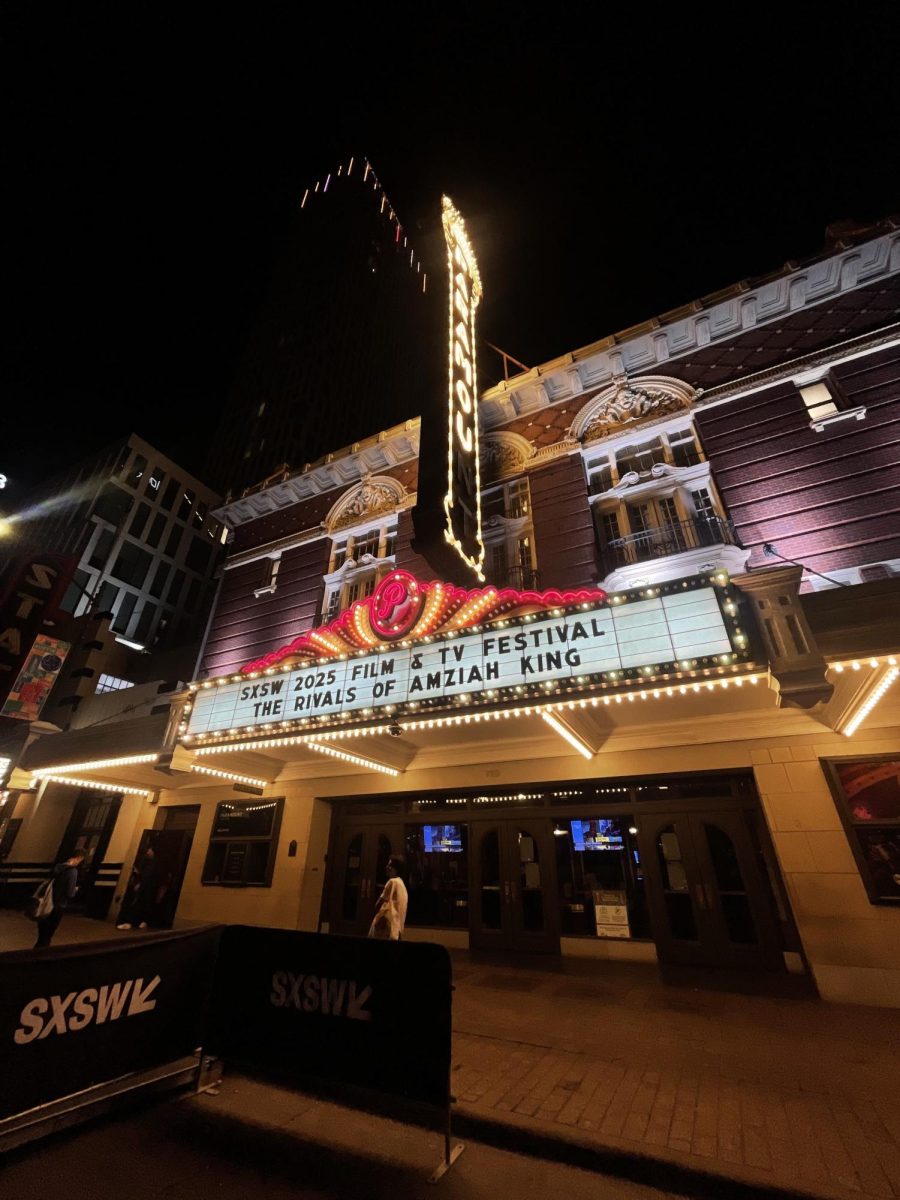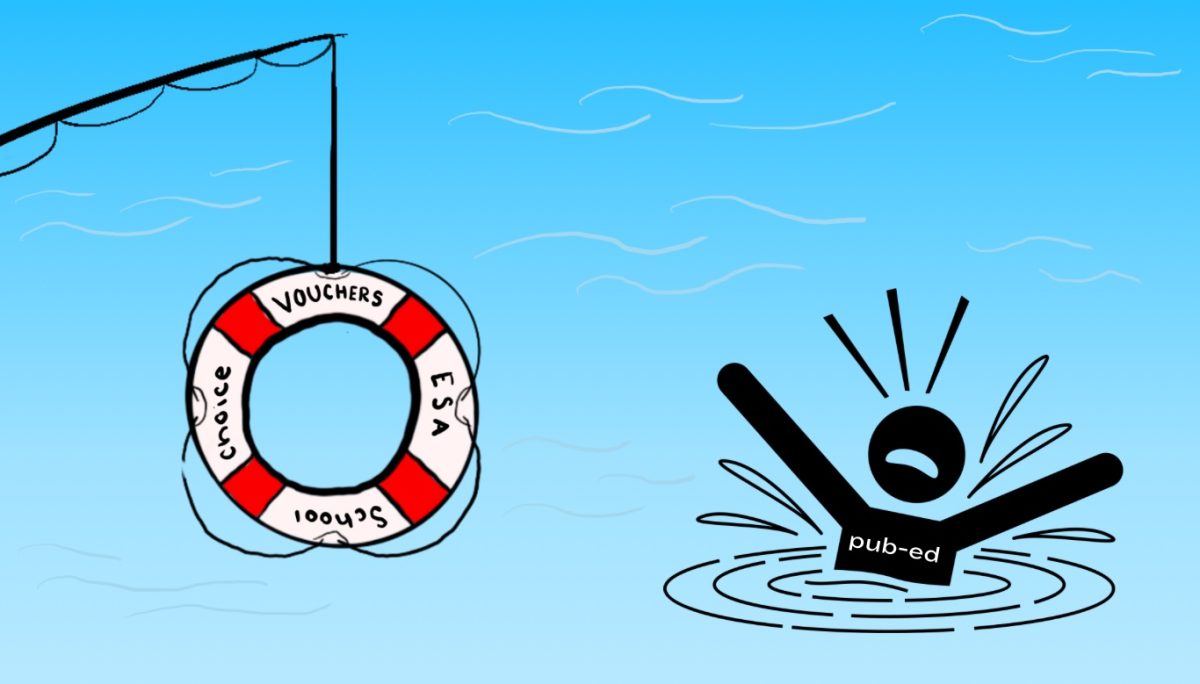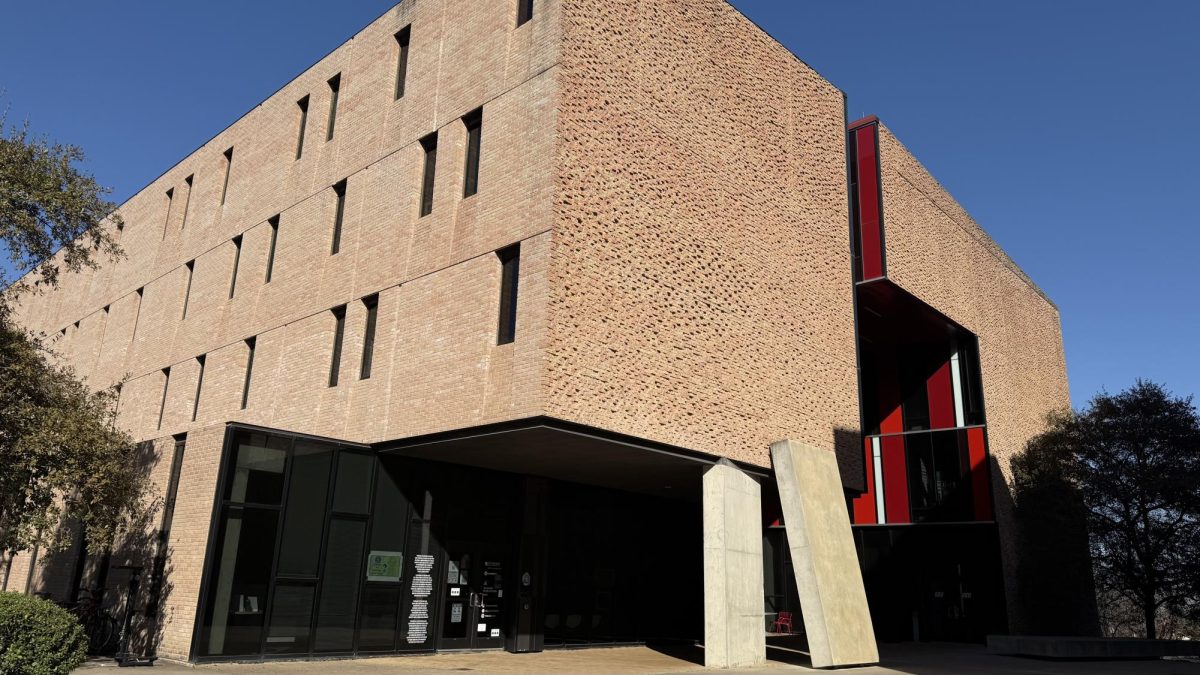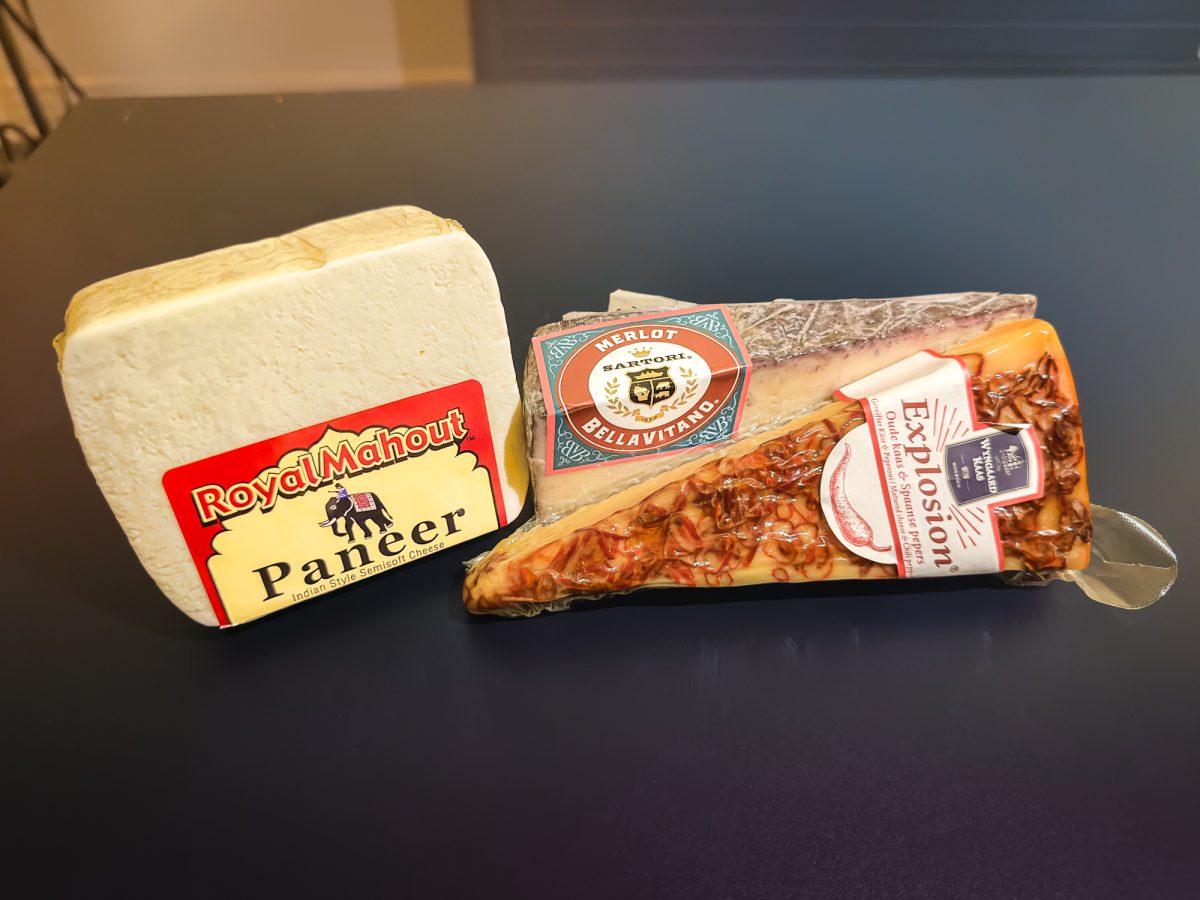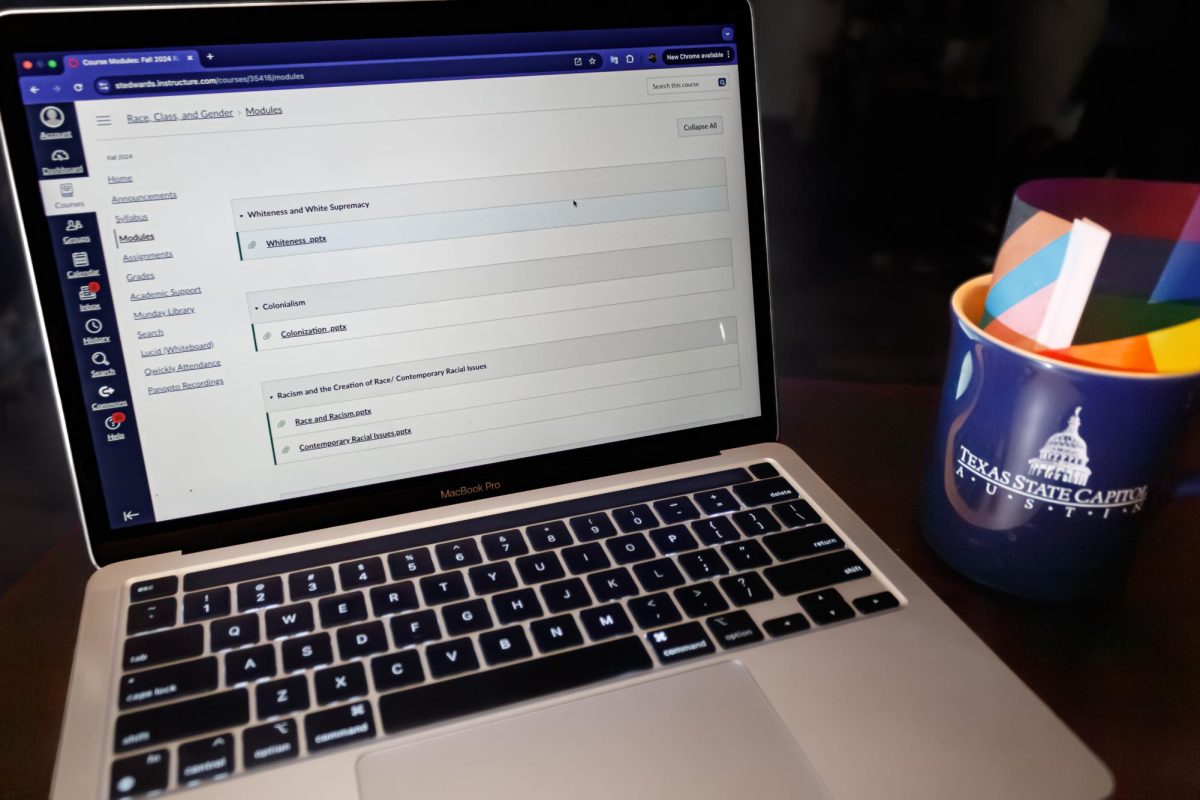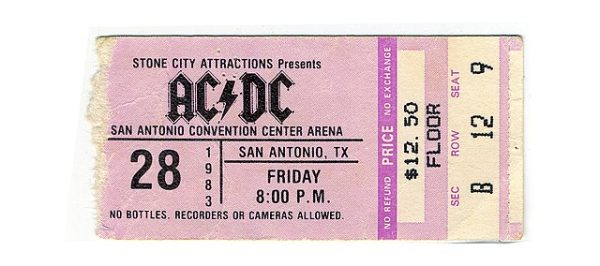South by Southwest (SXSW) came back to Austin from March 7-15. SXSW is an annual convention and festival held in Austin since 1987. The festival celebrates music, film and culture by bringing thousands of celebrities, artists and actors out to the live music capital of the world. This year’s event was graced by the presence of Jenna Ortega, Gael Garcia, Paul Rudd, Nicholas Cage and many more A-list celebrities.
SXSW was founded by Roland Swenson, Louis Jay Meyers, Louis Black and Nick Barbaro with the initial goal of promoting small artists, independent filmmakers and educators and connecting them to a larger audience and labels. Performers such as Amy Winehouse, Ellie Goulding, James Blunt and even Odd Future were able to get mainstream attention from labels during their SXSW appearances. Countless award-winning artists have emerged from the event in recent years, the most notable being Billie Eilish with her breakthrough performance of “Ocean Eyes” in 2017.
SXSW has become a home for art exhibitions, culture showcases and even movie premiers. This year, Austin local Matthew McConaughey held an early screening of his new picture, “The Rivals of Amziah Kings” set to release later this year. SXSW has premiered many award-winning films from first-time directors in the past, with John Krasinski’s “A Quiet Place” in 2018 and Jordan Peele’s “Us” in 2019.
Over the past five years, it has been clear that the initial goal and message behind SXSW was blurred and lost along the way. The stages once set for unknown and upcoming artists are now headlined by household names. Panels and conferences meant for networking in the tech and film industry have also been added over the years. In April 2021, the Penske Media Corporation (PMC) bought a 50% stake and is now majority owner of SXSW, along with Rolling Stone, Billboard and Variety. Although the shift from a local event to a mainstream conglomerate that brings in over 300,000 people worldwide was inevitable, the essence that draws thousands of artists and attendees is no longer present. New ownership has not helped the narrative that SXSW isn’t what it used to be.
Not only is it harder for local and up-and-coming artists to perform at SXSW, but it is getting harder for viewers to attend. The most basic badge you can buy, the SXSW EDU badge, starts out at nearly $500. The Platinum badge, giving you access to all SXSW events, is available at a staggering $1,345 for an “early bird” price, which can later increase to nearly $2,000.
The significant increase in price and performance lineup leaves many locals and consistent attendees debating if the price is worth the experience. SXSW doesn’t represent the hippie culture that was prevalent in Austin in the ‘80s anymore. “Keep Austin Weird” isn’t a reality now due to the heavy amount of gentrification in the city. With the amount of growth in tech and business industries moving here, Austin has become the new Silicon Valley. In recent years, we have seen tech companies like Tesla, Google and Oracle move to Texas merely for cheap property and taxes.
SXSW has become a networking event for tech companies around the world to gather in one place. The spotlight that SXSW once placed on art, film and culture has been significantly dimmed in recent years due to the growing tech industry in Austin. While there are still events centered around art and film, business and tech panels have now occupied much of that space.
While the introduction of new industries and corporations has helped Austin progress economically, the city has held the interests of corporations and their out-of-state workers above that of the local residents, reidentifying Austin’s lifestyle. By bringing new jobs and industries to the city, the population’s demographic changes, as well as the hobbies and public spaces in the city. We have seen Austin staples like Graffiti Park, Waterloo Records and Torchy’s Tacos locations either closed down or relocated to make way for high-rise buildings and luxury condos.
The introduction of giant tech companies has also brought gentrification. Austin locals have seen the standard of living depreciate with rising house prices, a costly standard of living, homelessness and a now congested city. Instead of focusing on fixing these issues, companies and new businesses that bring economic growth are placed above the concern of locals. Gentrification has been beneficial for everybody except the longtime local residents of Austin, many of whom are being displaced in the struggle to find affordable housing. Now, many are still fearing that the same will happen in East Austin as gentrification is slowly creeping into low-income neighborhoods.
SXSW brings in nearly $400 million annually with 300,000 attendees for this year’s event, proving that it is still capable of bringing in worldwide attention. While SXSW brings in significant economic impact to the city, the shift from a strictly artistic event to now including business panels is representative of Austin’s shift in culture. SXSW has been influenced by the gentrification present in the city of Austin. At the same time, it promotes the new identity of the city and tucks away the notorious issues that it faces.


